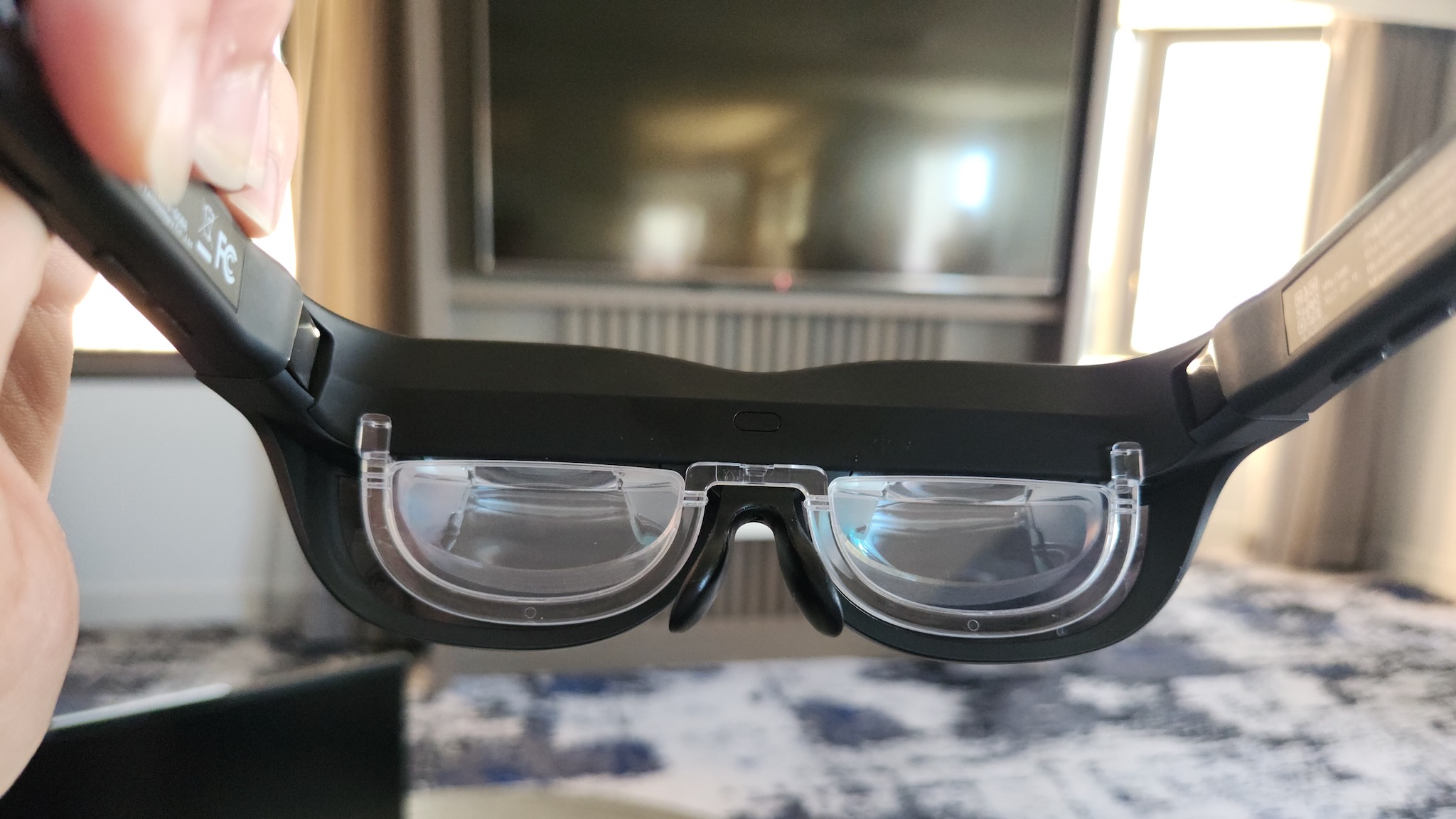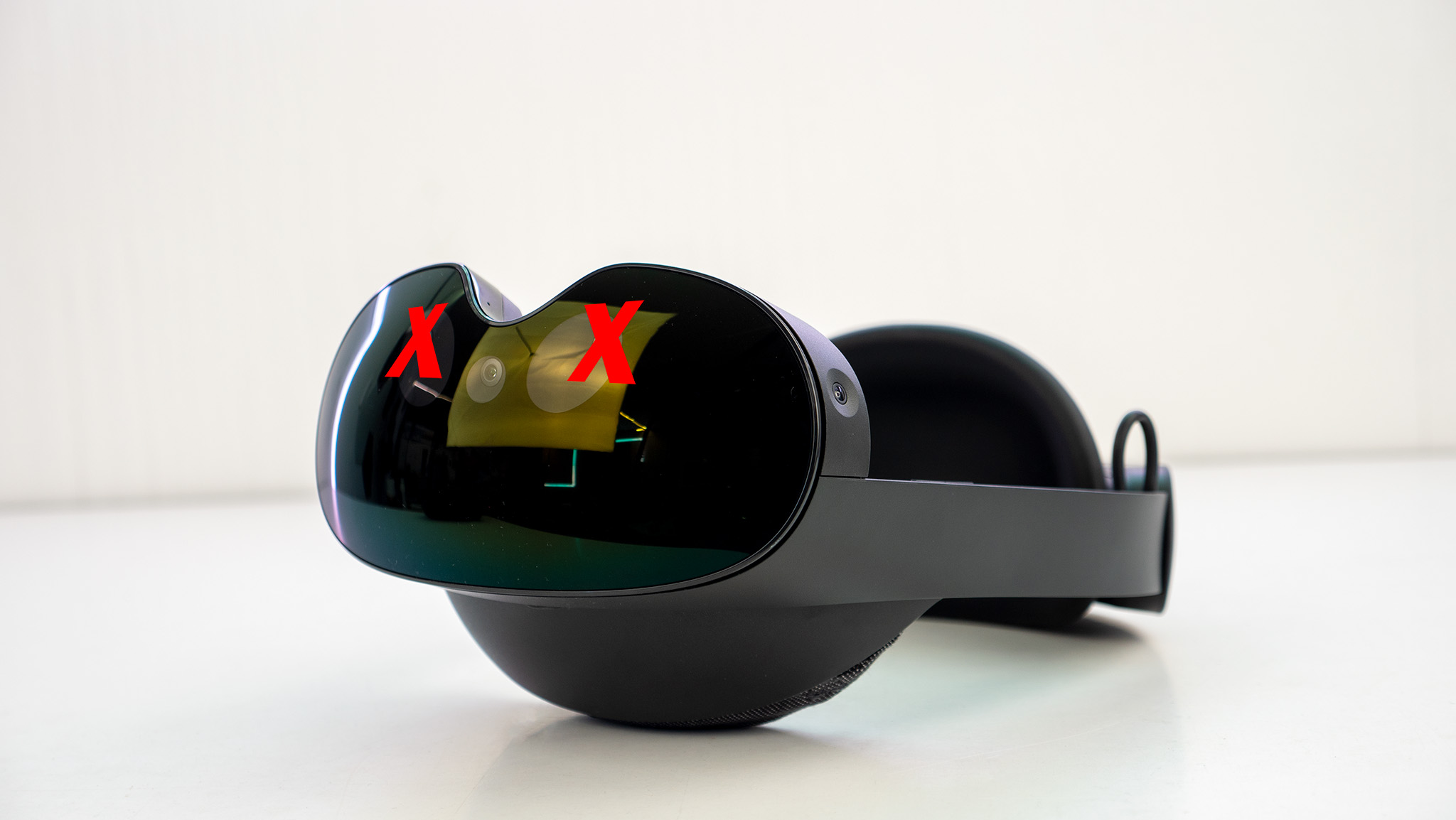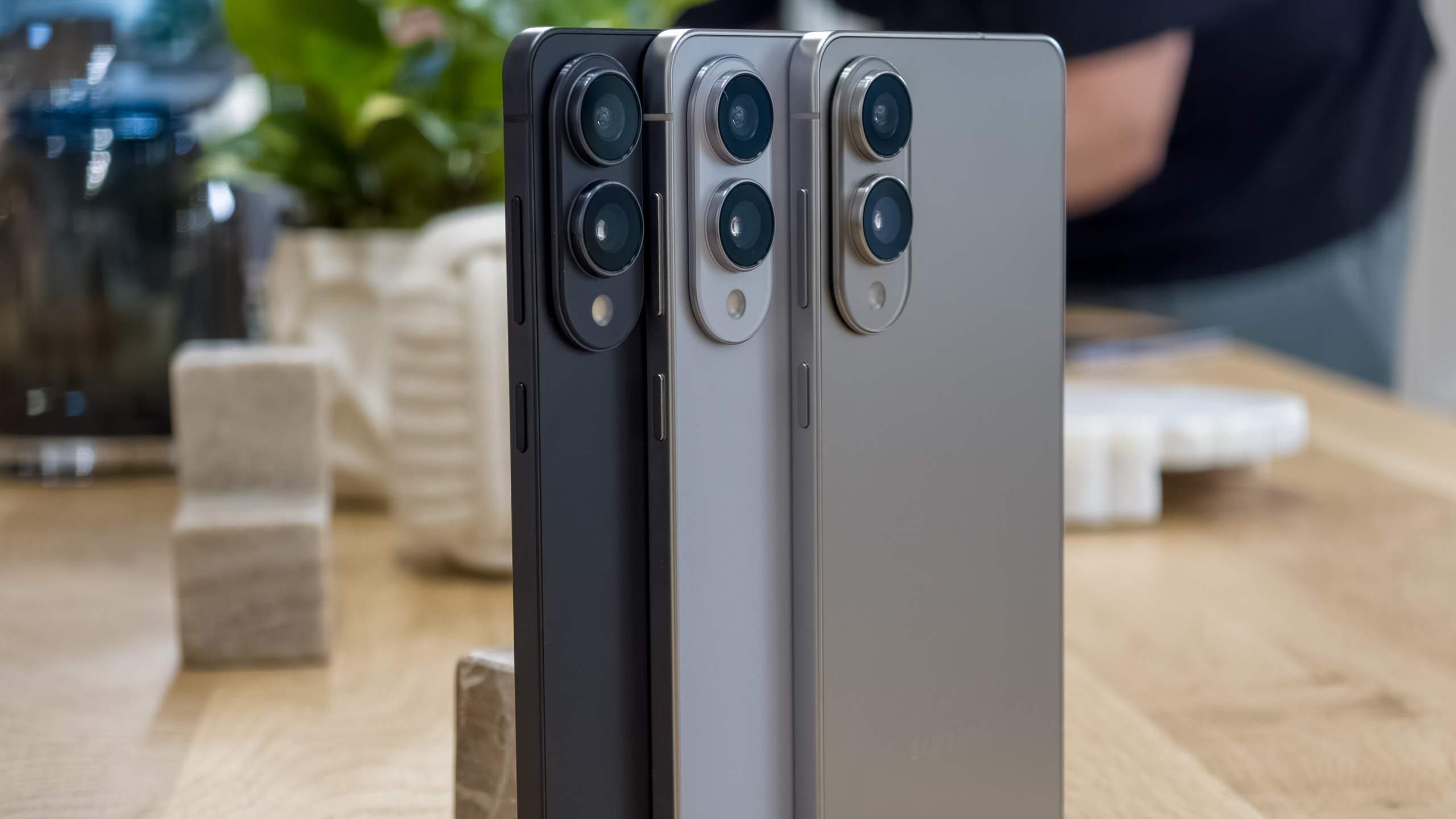Augmented vs. virtual vs. mixed reality explained
AR, MR, and VR all have unique advantages and technological obstacles to overcome.

XR, or extended reality, encompasses all of the reality-manipulating technologies that have exploded in recent years: virtual reality (VR), augmented reality (AR), and mixed reality (MR). Even if you have a passing familiarity with these terms, you might have trouble distinguishing between them.
With Meta and Apple both developing mixed-reality headsets for 2023, you'll want to know how they differ from traditional VR headsets or AR glasses like Google Glass. So let's break down VR vs. AR vs. MR technologies and how they compare, so you can decide which (if any) you're the most interested in buying or exploring.
VR vs. MR vs. AR
Virtual reality: VR needs little introduction. It's a technology that aims to transport the user into virtual projections of other worlds, whether they're filmed with 360º cameras or computer-generated. Your view of the outside world is completely blocked to protect your immersion.
Meta, Sony, Valve, and Pico make some of the best VR headsets. Older VR experiences like Google Cardboard simply let you put a display in your vision, but most VR headsets use lenses to magnify the display underneath for a more immersive experience with a better field of view.
Because you could hurt yourself in VR, most headsets have outer cameras. This lets you track your controllers and enable "passthrough" to see your surroundings. But passthrough isn't VR; it's MR.

Augmented reality: There are several different types of smart glasses, including "assisted" reality glasses that are technically different from AR glasses. So it can all get a bit confusing.
Essentially, AR refers to devices that project information into your vision without altering your reality otherwise. Google is developing smart glasses that put Google Translations into your vision in real-time; the Nreal Air projects a movie or video game in your field of view; and Lenovo smart glasses (above) connect to a phone or computer and project them as digital displays in your vision.
Get the latest news from Android Central, your trusted companion in the world of Android
The common thread here is that these augmented projections simply float in your field of view. Some more modern AR glasses let you set a monitor's position instead of having it directly in front of you at all times, but it doesn't register or interact with your surroundings at all.

ARCore apps like Pokemon Go are the most well-known example of this technology. Essentially, your smartphone camera is your vision, and the app projects something virtual into the real world, whether it's a Pikachu or a piece of furniture in a shopping app so you can see how it looks in your room.
Mixed reality: Mixed reality is a more nebulous term that overlaps with both VR and AR depending on the circumstances.
Like AR, MR adds artificial objects into your "real" field of view. But MR devices typically let you manipulate those objects using hand tracking or controllers. Expensive enterprise headsets like the Hololens 2 have professional applications in fields like engineering and healthcare, projecting designs for users to manipulate.
While Hololens and the Quest Pro are more traditional "glasses" you can see through, mixed reality also applies to VR headsets that use passthrough technology to recreate your surroundings artificially. Meta, in particular, uses its "Presence Platform" and its VR headsets' cameras to register your surroundings and create a specific "bounding box" play area like your dining room table.
Although the Quest 2 is a VR headset, its passthrough enables a limited, black-and-white form of mixed reality. And the Quest 3 will enable full-color passthrough with better resolution for a better MR experience overall.
VR vs. MR vs. AR, summarized

VR vs. MR: Virtual reality is entirely removed from, well, reality. You put your head in a sealed container and stare at a display while you play. Mixed reality can be experienced either (1) in a VR headset using passthrough to augment your physical world with virtual tech or (2) using translucent glasses to see your world directly, except with virtual projections you can interact with.
AR vs. MR: Augmented reality also fits the second definition in the paragraph above, except that your content won't be spatially anchored or connected to your environment, and you usually won't "touch" anything. Instead, AR populates your FOV with information that you'll see regardless of where you're looking.
The future of VR, MR, and AR
Virtual reality is the most consumer-ready technology, with several popular headsets like the PS VR2 offering high-resolution experiences with excellent graphics. The Quest lineup downgrades in graphics for a wireless form factor, which gives you more versatility in where you can use it.
Although VR is here to stay, most VR headsets besides the Quest 2 haven't achieved major sales numbers compared to a typical video game console. The technology has a ways to go before it can find the right balance between visual quality and affordability. And you can't use a VR headset in a crowded or public space without at least some mixed reality baked in.
Meta is pushing mixed reality hard as the next step beyond VR, announcing new technology at the GDC 2023 conference. Its engineers admitted that MR is "still in its infancy," so although the Quest 3 will support MR games, we don't think MR is going to be popular with consumers for quite a while.
Apple has its own standalone mixed-reality headset that's expected to arrive in 2023, though the company continues to push the headset back due to concerns about its high price (~$3,000) during hard financial times, which could prevent it from achieving high sales or any cultural impact. Our iMore colleagues have started to suspect the Reality Pro may never ship.

Considering Microsoft essentially scrapped the Hololens 3 and Meta canceled its Quest Pro 2 while slashing the price of the Quest Pro, it's clear that high-fidelity MR glasses have yet to find a proper market, and businesses are withdrawing for now.
As for augmented reality glasses, companies like Nreal have found success with gamers who want a portable monitor, while mobile brands like Lenovo, OPPO, and Google have continued to develop glasses more focused on prosumers but are still in the prototype phase. You can buy AR glasses now, but they'll often set you back anywhere from $500 upwards into the thousands.
The ideal AR glasses will deliver clear information without occluding too much of your vision, work wirelessly with your Android phone or iPhone without needing a cable, and have a good-enough battery life to last — all while being comfortably portable. Some AR prototypes have achieved some of these criteria, but not all. With all these hurdles, AR glasses have the furthest to go before being "consumer-ready."

Michael is Android Central's resident expert on wearables and fitness. Before joining Android Central, he freelanced for years at Techradar, Wareable, Windows Central, and Digital Trends. Channeling his love of running, he established himself as an expert on fitness watches, testing and reviewing models from Garmin, Fitbit, Samsung, Apple, COROS, Polar, Amazfit, Suunto, and more.
